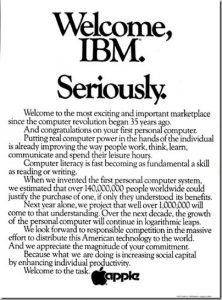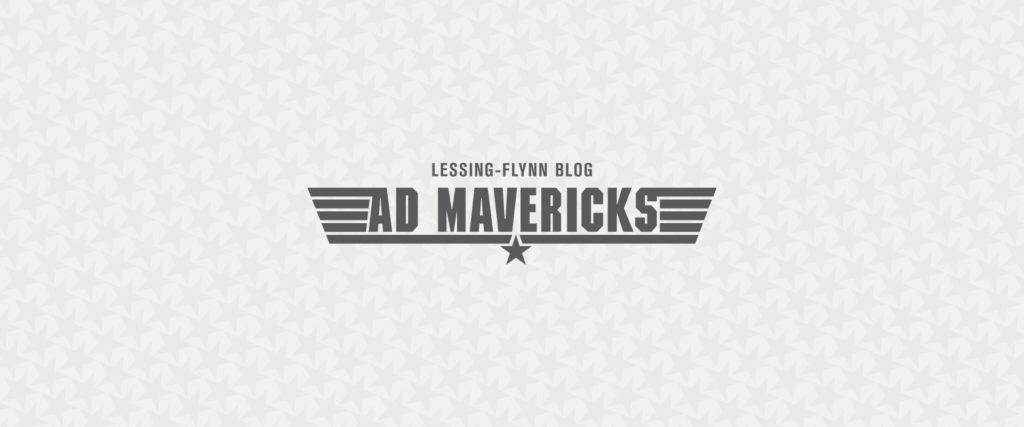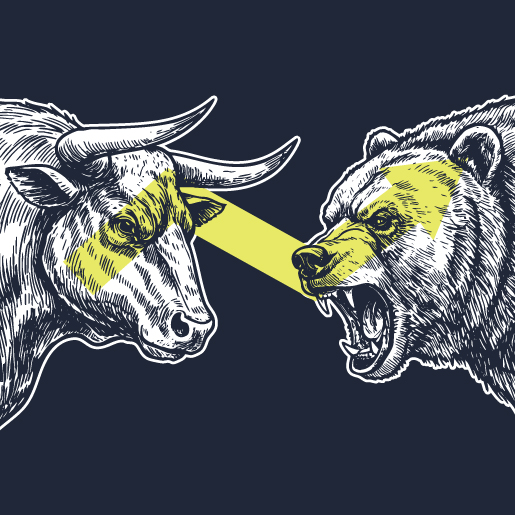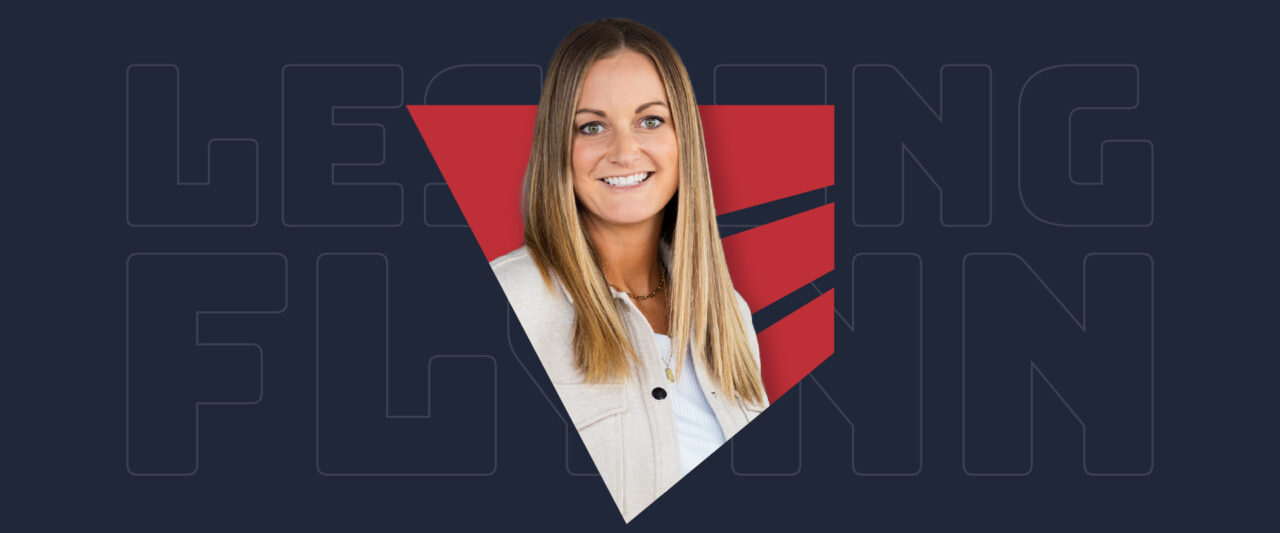Believe it or not, in the 1980s, Apple’s biggest rival was not Microsoft or Dell or Google. It was IBM. Big Blue. The epitome of a large, progressive world-dominators. The kind of company that made you shudder if they decided to enter your industry – because they would do it in a big, big way.
 And that’s exactly what they did to Apple when they decided to enter the personal computer market. What did Apple do? Well, obviously they didn’t close up shop. They dug their feet in and competed. And they did it with confidence. They actually ran an ad welcoming IBM to the market.
And that’s exactly what they did to Apple when they decided to enter the personal computer market. What did Apple do? Well, obviously they didn’t close up shop. They dug their feet in and competed. And they did it with confidence. They actually ran an ad welcoming IBM to the market.
That’s swagger.
It’s important for your brand to portray a level of confidence – especially when you’re a startup or you’re competing against the industry giant. Your customers need to have confidence that, if they invest their money in your product or service and invest their energy into your brand, you’ll be around to perform.
So, how do you demonstrate swagger? You do things that are bold and daring. Things that a bigger rival couldn’t touch. Things like what Mini did in their rivalry with Porsche.
A few things to consider:
Swagger doesn’t have to be expensive. The Apple ad above was a black and white ad with no graphic design. The Mini challenge video could have been shot with a flip cam. It’s more about being authentic.
There’s a fine line between swagger and cockiness. People are attracted to confidence – but are turned off by overconfidence and arrogance. To stay on the right side of the line, you need a sense of humor and hint of vulnerability or a willingness to be a bit self-deprecating.
Swagger works best when you’re the underdog. People already know when you’re the top dog. If you’re Microsoft, Google or McDonald’s, swagger can easily be misinterpreted. But if you’re not the dominant brand in your industry already, it’s best to target the top brand in your category – and make the conversation all about you and them, leaving the rest of the competitors out of the conversation.
LF Newsletter Alert
Want Lessing-Flynn to rock the socks off your inbox with insights and more?




